Rats in Virginia: Types, Facts & Tips for Homeowners
-
Pete Ortiz
- Last updated:
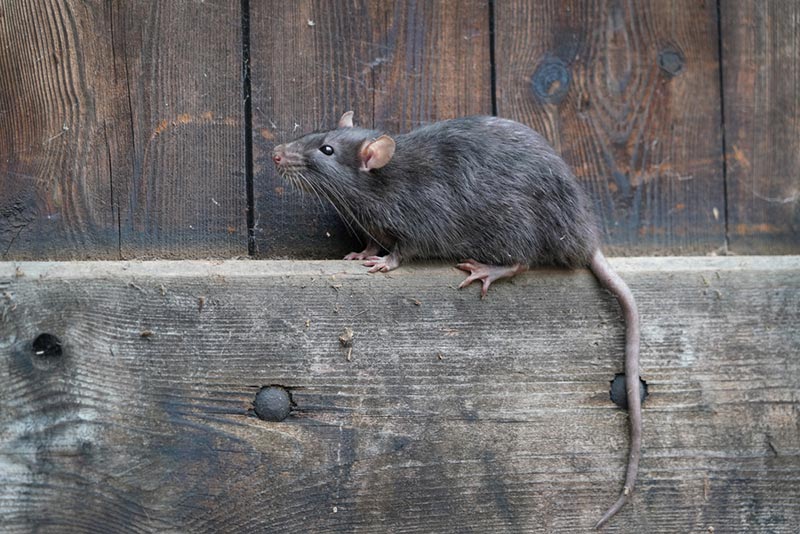
The term “rat” is often used to refer to various members of the rodent family that are larger than mice, including kangaroo rats, ground squirrels, chipmunks, and beavers. In Virginia, there are two main types of rats that are considered pests: the Norway rat and the roof rat.
Both are commonly found in urban areas, and their populations can grow quickly if left unchecked. To learn more about these pests and what you can do to control them, read on.
The Types of Rats in Virginia
1. Roof Rat
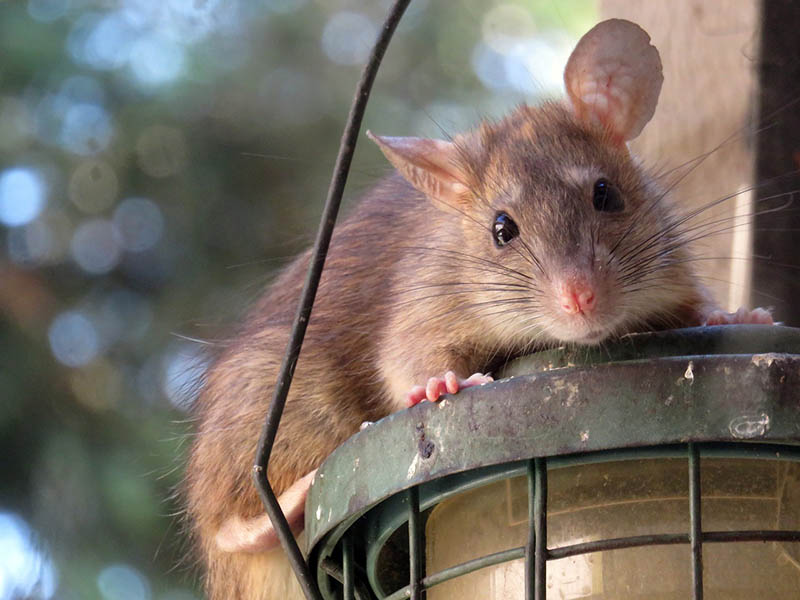
| Scientific Name: | Rattus rattus |
| Weight: | 2.6 to 8.1 ounces |
| Length: | 8 inches |
The most common type of rat in Virginia is the roof rat. As their name suggests, these rodents live in high places, like attics and trees. They are excellent climbers and can squeeze through very small openings. This makes them a common threat to homeowners across the state of Virginia.
Roof rats are generally smaller than another common Virginia rat, the Norway rat, and have smoother fur that is usually brown or black. They also have long, pointy noses and large ears.
Not only are roof rats a nuisance, but they can also be dangerous. These rodents can carry diseases like typhus, salmonella, and bubonic plague. They can also contaminate food and spread fleas.
If you think you have a roof rat problem, it’s important to call a professional pest control company right away. These experts will be able to identify the type of rat and create a customized plan to get rid of them.
2. Norway Rat
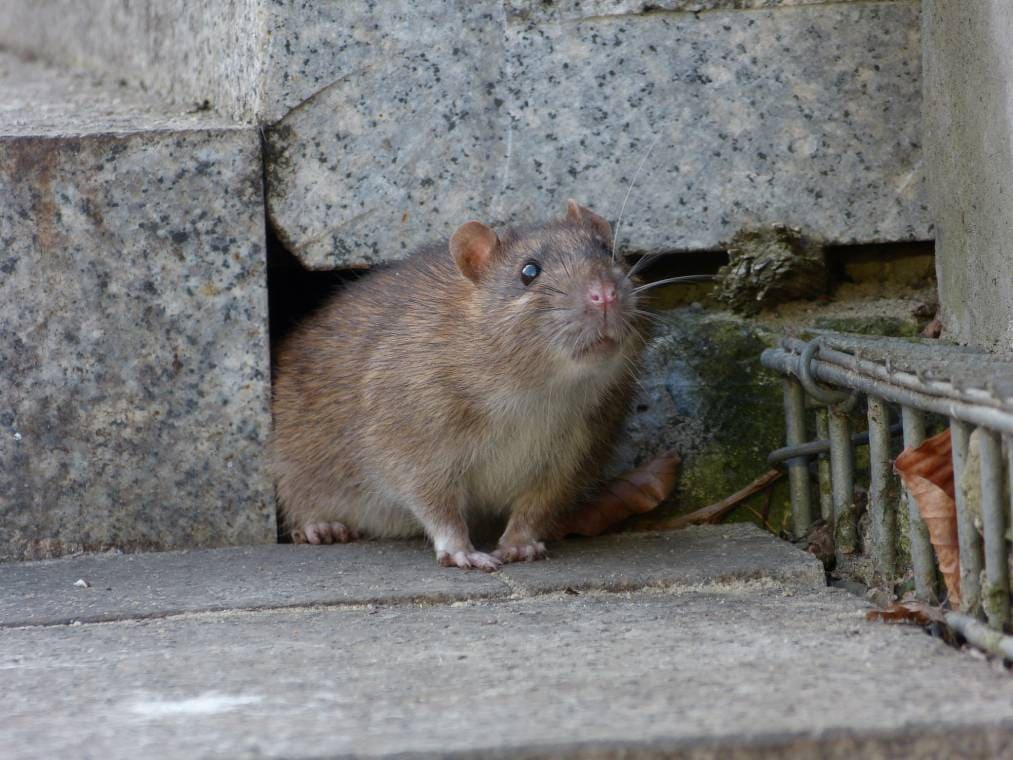
| Scientific Name: | Rattus norvegicus |
| Weight: | 0.31 ounces to 1.1 pound |
| Length: | 16 inches |
As mentioned, the other common type of rat in Virginia is the Norway rat. These rats are also called brown rats, and they’re the ones you’re more likely to see in urban areas. Norway rats are bigger than roof rats, weighing in at up to a pound. They’re also more aggressive, and they’ve even been known to attack people.
Norway rats are good climbers, but they don’t like to jump, so they’re not as good at getting into homes as roof rats. They are, however, good swimmers. So good, in fact, that they’ve been known to infiltrate homes via sewer lines and even toilets!
If you see a rat in your home, it’s probably a Norway rat. These rats are brown with grayish fur on their bellies. They have long bodies and short legs, and their tails are shorter than their bodies.
In fact, Norway rats tend to grow to be twice as long as roof rats, making them the largest type of rat in Virginia.
Norway rats are a big problem in Virginia because they carry diseases. These diseases can be passed to humans, and they can make people very sick. Some of the diseases that Norway rats can carry include:
- Bubonic plague
- Toxoplasmosis
- Weil’s disease
- Trichinosis
- Typhus
This article covers the signs and symptoms of these diseases, so be sure to stick around for the Field Guide to learn more about them and what you can do to protect yourself.
Norway Rat Field Guide
The Norway rat is a hardy creature, able to survive in a wide range of climates and conditions. They are often considered pests due to their willingness to enter homes and other buildings in search of food and shelter.
This guide will help you identify Norway rats, as well as provide tips on how to keep them out of your home.
What Do Norway Rats Look Like?
Norway rats are large rodents, typically weighing between 0.31 ounces and 1 pound. They have coarse, brown fur, and their bodies are longer than their tails. Norway rats are also distinguished by their large, furry ears and long snouts.
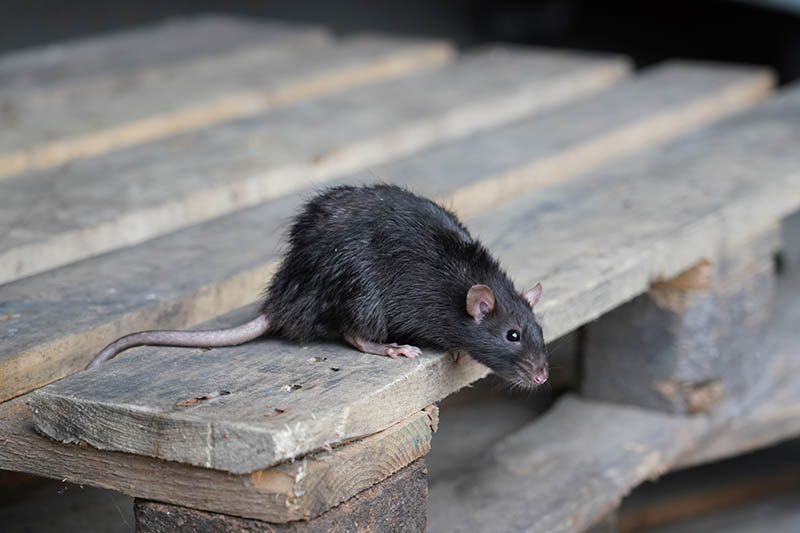
Where Do Norway Rats Live?
Norway rats are found throughout the world, but they are most common in urban areas. They often live in sewers and other dark, damp places.
What Do Norway Rats Eat?
Norway rats are omnivorous, meaning they will eat just about anything. In the wild, their diet consists of fruits, vegetables, seeds, and nuts. They also enjoy eating insects and small animals.
But in urban areas, Norway rats will often eat garbage or whatever else they can find. This makes them pests to many people.
 Roof Rat Field Guide
Roof Rat Field Guide
Rats, they’re everywhere. In the walls, in the attic, in the sewer—and on your roof. Roof rats (aka black rats) are a common pest in many parts of the world, and they’re especially fond of climbing. Read on to learn all about these pesky critters, including how to identify them and keep them out of your home.
What Do Roof Rats Look Like?
Roof rats are black or dark brown in color, with pointy noses and long tails. They’re smaller than their cousins, the Norway rats (aka brown rats), which can grow up to 16 inches long from nose to tail. Roof rats, on the other hand, only grow to be about 8 inches long.
These rats are excellent climbers and can often be seen scampering along power lines or tree branches. And while roof rats may swim on occasion, they’re not nearly as good at it as Norway rats—so you’re unlikely to see them taking a dip in your pool anytime soon.
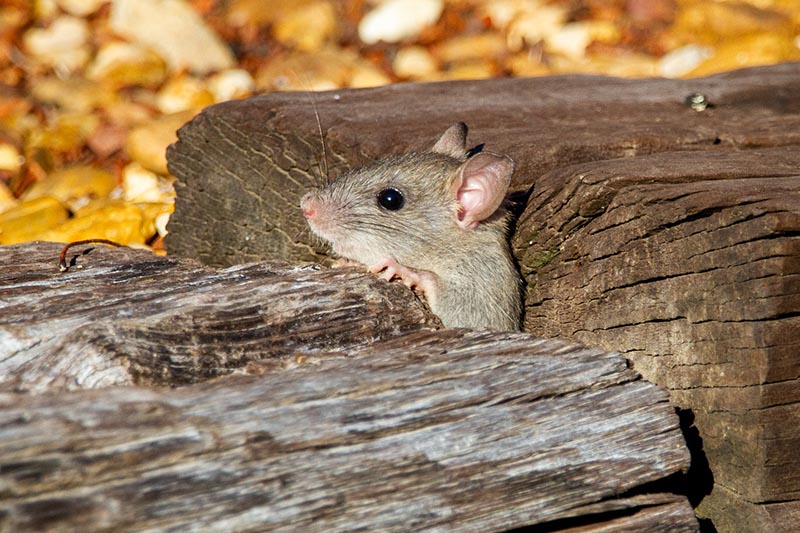
Where Do Roof Rats Live?
Roof rats are found throughout the world, but they’re most common in tropical and subtropical climates. In the United States, they’re prevalent in California, Arizona, Texas, Louisiana, Florida, and Georgia. These rats tend to live in elevated areas like trees, roofs, and attics—hence their name.
What Do Roof Rats Eat?
Like their cousins, roof rats aren’t picky about their diet and will eat virtually anything they can get their paws on. As such, the diet of a roof rat can include anything from fruit to snails. But they’re especially fond of eating insects and birds’ eggs.
 Diseases of Concern
Diseases of Concern
If you live in Virginia, chances are you’ve seen a rat or two scurrying around your neighborhood. While they may seem harmless, rats can actually spread a number of diseases to humans. Here are three of the most common diseases caused by rats:
- Leptospirosis: This disease is caused by exposure to contaminated water or soil that has been infected with the urine of infected animals. Symptoms include headache, fever, chills, muscle aches, and vomiting. If left untreated, it can lead to kidney damage, liver failure, and death.
- Weil’s Disease: This disease is a more severe form of leptospirosis and can also be contracted by coming into contact with contaminated water or soil. The symptoms of Weil’s disease include fever, chills, headache, muscle pain, and vomiting. Without proper treatment, Weil’s disease can lead to kidney failure and even death.
- Salmonellosis: This is another foodborne illness that can be contracted by coming into contact with contaminated water or soil. The symptoms of salmonellosis include fever, diarrhea, and vomiting.
- Murine Typhus: This is a disease that is transmitted by fleas. The symptoms of murine typhus include fever, headache, and rash.
- Rat-Bite Fever: This is a disease that can be contracted by coming into contact with the saliva of an infected rat. The symptoms include nausea, fever, chills, and headache.
- Toxoplasmosis: Rats are known to spread this disease to humans through their feces. The symptoms of toxoplasmosis include flu-like symptoms, muscle aches, and fatigue.
- Bubonic Plague: Also known as the “Black Death,” rats were responsible for spreading this disease throughout Europe in the 14th century. Symptoms of the bubonic plague include fever, headache, and swollen lymph nodes.
- Trichinosis: This disease is caused by consuming meat that is contaminated with the parasites that cause trichinosis. Symptoms include diarrhea, abdominal pain, and fever. Rats contract this disease from eating infected meat.
- Typhus: This is a disease that is spread by lice. The symptoms of typhus include fever, headache, and rash.
As you can see, there are a number of diseases that rats can transmit to humans. If you come into contact with a rat, it’s important to wash your hands thoroughly and be sure to disinfect any area where the rat may have been. If you think you may have contracted one of these diseases, it’s important to see a doctor right away.
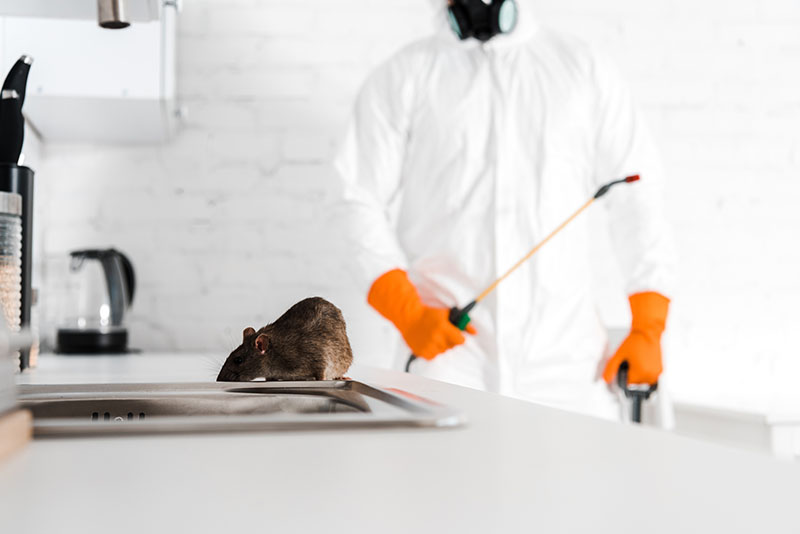
Tips for Virginia Homeowners
Both Norway and roof rats are known to cause homeowners in Virginia problems. These pests are often difficult to control and can cause extensive damage to your home. To help prevent an infestation, try these tips:
- Seal up any cracks or holes on the exterior of your home, including entry points for utilities and wires.
- Keep your yard clean and free of debris, including firewood, construction materials, and garbage.
- Trim trees and shrubs away from your home so rats can’t use them to climb onto your roof.
- Remove any food sources that might attract rats, such as bird feeders and pet food.
If you have a rat problem, contact a professional pest control company for assistance. Do not try to control the problem yourself, as you could make it worse or put yourself at risk.
In Conclusion
Rats in Virginia are a common problem for homeowners. Not only can they cause extensive damage to residences, but they can also make you sick. That’s why it’s so important to know what steps to take to keep these pesky critters at bay.
If your rat problem has escalated to an infestation, call a professional pest control company to get rid of the rats for good. With diligence, you can greatly minimize your chances of dealing with rats in your home.
Featured Image Credit: Holger Kirk, Shutterstock
Contents



